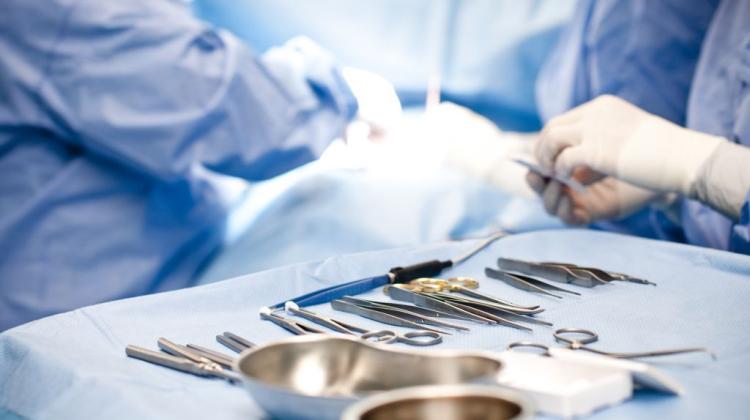Polish scientists reconstructed the appearance of the wife of Yaroslav the Wise

The results of Polish scientists\' research are consistent with the assumption that the remains discovered in the crypt of Yaroslav the Wise (978-1054) - Grand Prince of Kiev, belong to his second wife Ingegerd Olofsdotter of Sweden. The Poles have also performed a reconstruction of the woman\'s face.
Research was performed for the needs of a documentary series prepared by the Ukrainian television 1+1 "Ukraine. Restoring its history" ("Україна. Повернення своєї історії"), which premiered on Thursday, August 26th.
In 2009 scientists last opened the sarcophagus with the remains of Yaroslav the Wise and a woman, presumably his wife, located in the Saint Sophia\'s Cathedral in Kiev. Ukrainian researchers performed computed tomography (CT) scan of bone remains, as well as anthropological, radiological and isotopic research. The results were then used by Polish scientists to reconstruct the face of the woman who lay in the sarcophagus with Yaroslav the Wise. They also used the results of the Soviet research carried out after opening the crypt in 1939.
"Previous findings allow to conclude with great probability that the woman with whom the ruler was buried, was second wife - Ingegerd of Sweden, who took religious vows before her death" - told PAP Dr. Dorota Lorkiewicz-Muszyńska of the Department of Forensic Medicine, Poznań University of Medical Sciences, who coordinated the identification research and made a facial reconstruction of the deceased.
The researcher added that the discovered remains belonged to a woman who died approx. at the age of 50, her skull showed Nordic, Northern European characteristics - which is consistent with historical knowledge about Ingegerd - daughter of Swedish King Olaf and Estrid.
The woman was approximately 170 cm tall and had fairly massive bones with well marked sculpture of muscle attachments. Analysis and anthropological measurements showed that the skull had mixed male and female features. This raised some doubt as to the gender of the deceased. Analysis of the pelvis characteristics dispelled those doubts.
The biggest success of the Polish team was recreating the appearance of Ingegerd\'s face. They used methods commonly used in forensic medicine to help determine the identity of unidentified corpses and skeletal remains.
"Achieving this result was not a simple task and consisted of several stages" - said Dr. Lorkiewicz-Muszyńska.
In the beginning, Dr. Wojciech Kociemba from the Department of Neuroradiology, Poznań University of Medical Sciences, analyzed available data from CT scan, and together with the anthropologist performed additional anthropological and radiological analyses. In the next stage, the experts generated a 3D model of the skull using CT images. The task was undertaken by Dr. Michał Rychlik from the Department of Virtual Engineering, Poznań University of Technology.
Then the researchers "set" eyeballs in their sockets, selected anthropometric points and the thickness of soft tissue. This was the basis for a model of the muscles. Then a 3D reconstruction of the entire face was prepared by Dr. Lorkiewicz-Myszyńska. On this basis, artist Mirosław Kuźma created an artistic visualization of the face of alleged wife of Yaroslav the Wise. The final step was texturisation, colouring of the 3D model of the face using the artistic version.
PAP - Science and Scholarship in Poland, Szymon Zdziebłowski
szz/ zan/ mrt/
tr. RL
Przed dodaniem komentarza prosimy o zapoznanie z Regulaminem forum serwisu Nauka w Polsce.
















